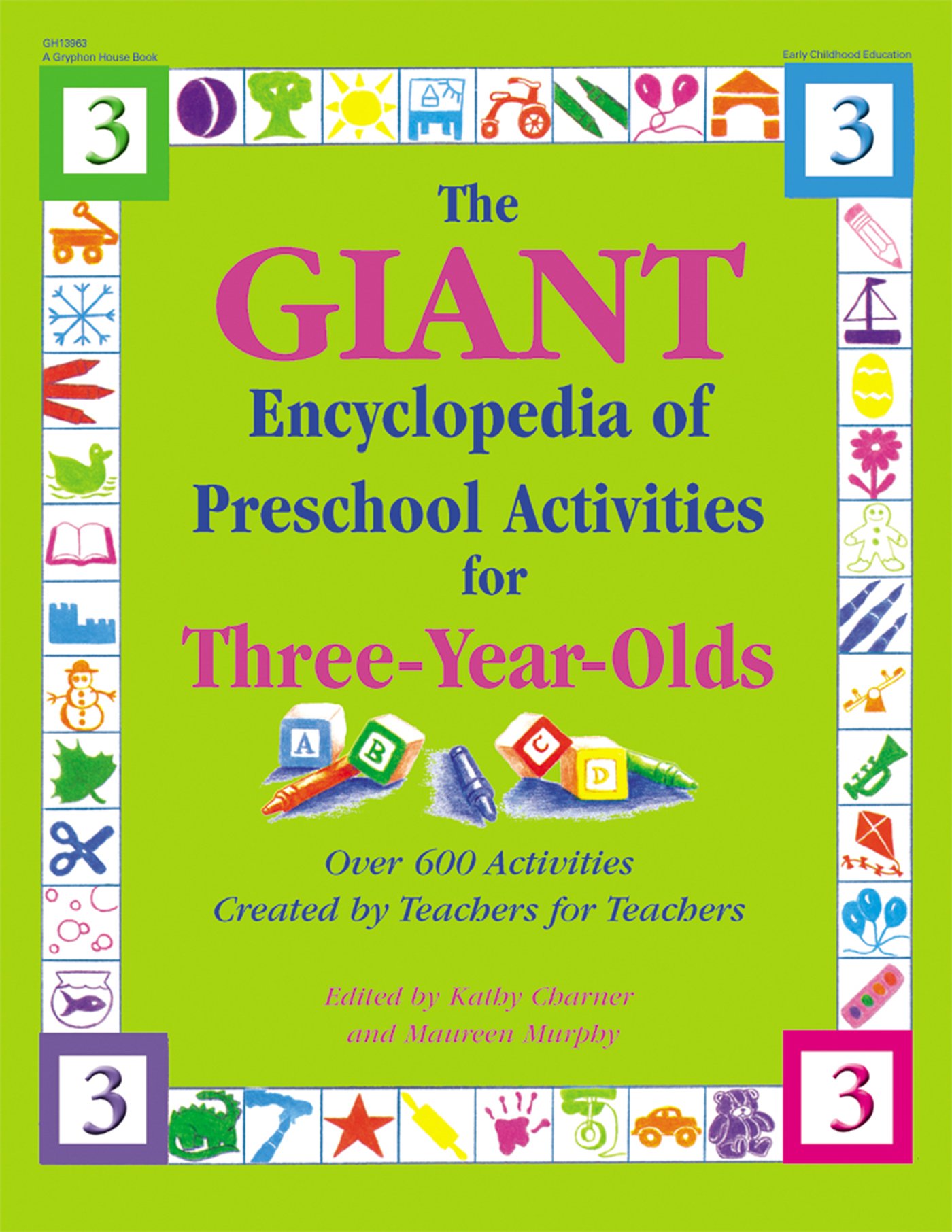Materials
- None
What to do
1. Invite the children to join you in a seated circle.
2. Discuss how you and your co-workers greet each other in the morning when you arrive by saying, "Good morning, (name)."
3. Explain that when they arrive in the morning, it is courteous for the teachers and children to greet each other.
4. Invite one of the children to act out his arrival in the morning. Say, "Good morning" using his name and prompt the child to answer back using yours.
5. Switch roles with the child you pretend to be the arriving child and he pretends to be the teacher. Act out the morning greeting as before.
6. Invite the rest of the children, two at a time, to act out the morning greeting, giving both of them an opportunity to assume the roles of both child and teacher.
7. Follow through as the children arrive on the days after the lesson by greeting each one by name and giving them the opportunity to greet you in return. Some may need to be prompted to do this at first, but usually it isn't long before each child walks in anticipating the morning greeting with the teacher.
More to do
Practice saying good-bye in an appropriate way at the end of the day.
Social Development Use this practice to reinforce learning each other's names at the beginning of the year and the names of new children joining the group at mid-year.
Diversity: Ask parents of children with diverse ethnic backgrounds to teach you how to say "Good morning" in their native language. Then encourage the children to practice the greetings to help celebrate the diversity of the class.
Social Studies: Learn to say "Good morning" in other languages when learning about other countries. For example, teach the children to say, "Buenos dias" when learning about South America or Spain.
-Susan Jones Jensen, Norman, OK
Instructions
1. Cut the paper into a size manageable for the children in your class. (I usually
start with one quarter of an 8 1/2 " x 11" piece of paper, but by the end of the
year, the children are using the entire sheet.)
2. Encourage the children to put one sticker into each square to learn one-toone
correspondence.
3. Using a black marker, divide the paper into sections. Encourage the children
to sort the stickers, such as all the blue ones on one section, all the yellow
ones on another section, and so on.
4. Practice counting. Write the numbers 0-3 or 0-5 (whatever is appropriate for
your children) down the left side of the paper. Ask the children to place the
corresponding number of stickers next to the numbers.
5. For older children, cut the grid paper into strips six to seven blocks long.
Then, ask the children to roll a die and place that many stickers onto their
paper strip. Some children may be able to copy the numerals onto their
papers.
More to do
Make a chart and ask the children to vote for their favorite color by placing a
"sticky dot" of that color on the chart in the appropriate place.
Art: Make dot collages using leftover sticky dots, dot markers, circle cutouts, and
so on. Talk about the circles.
